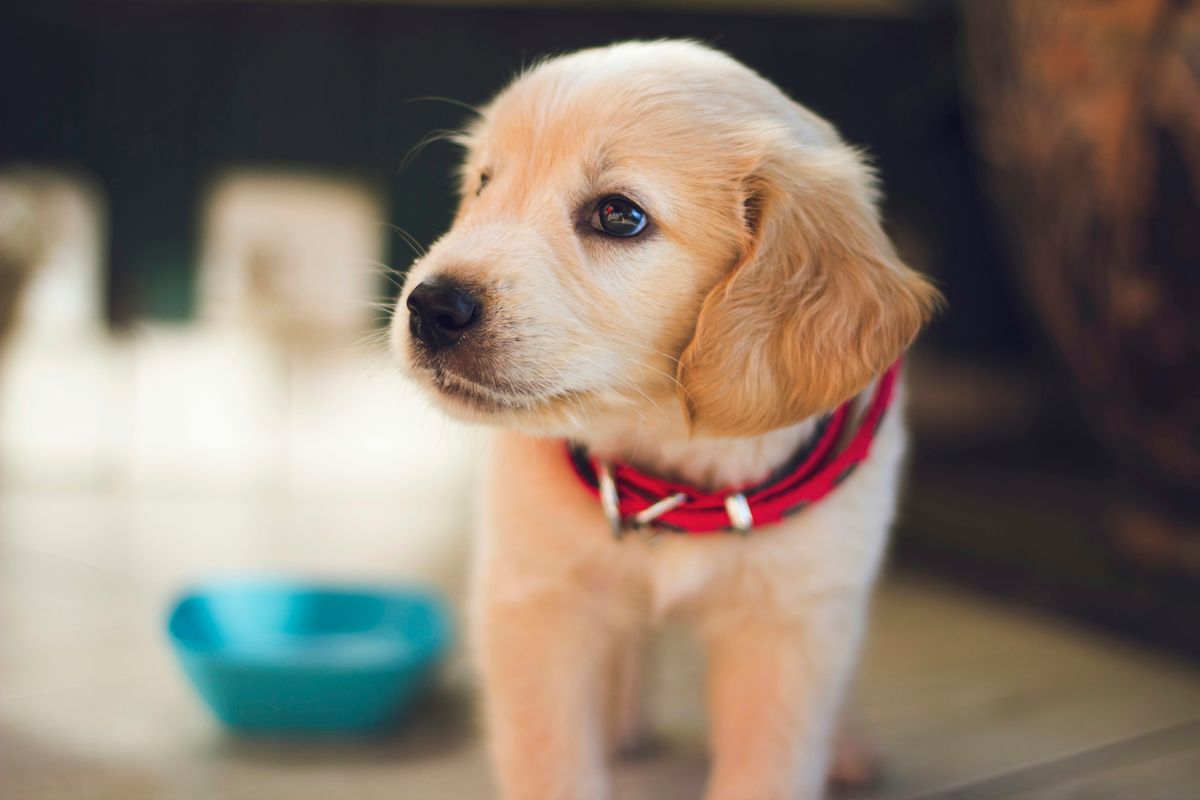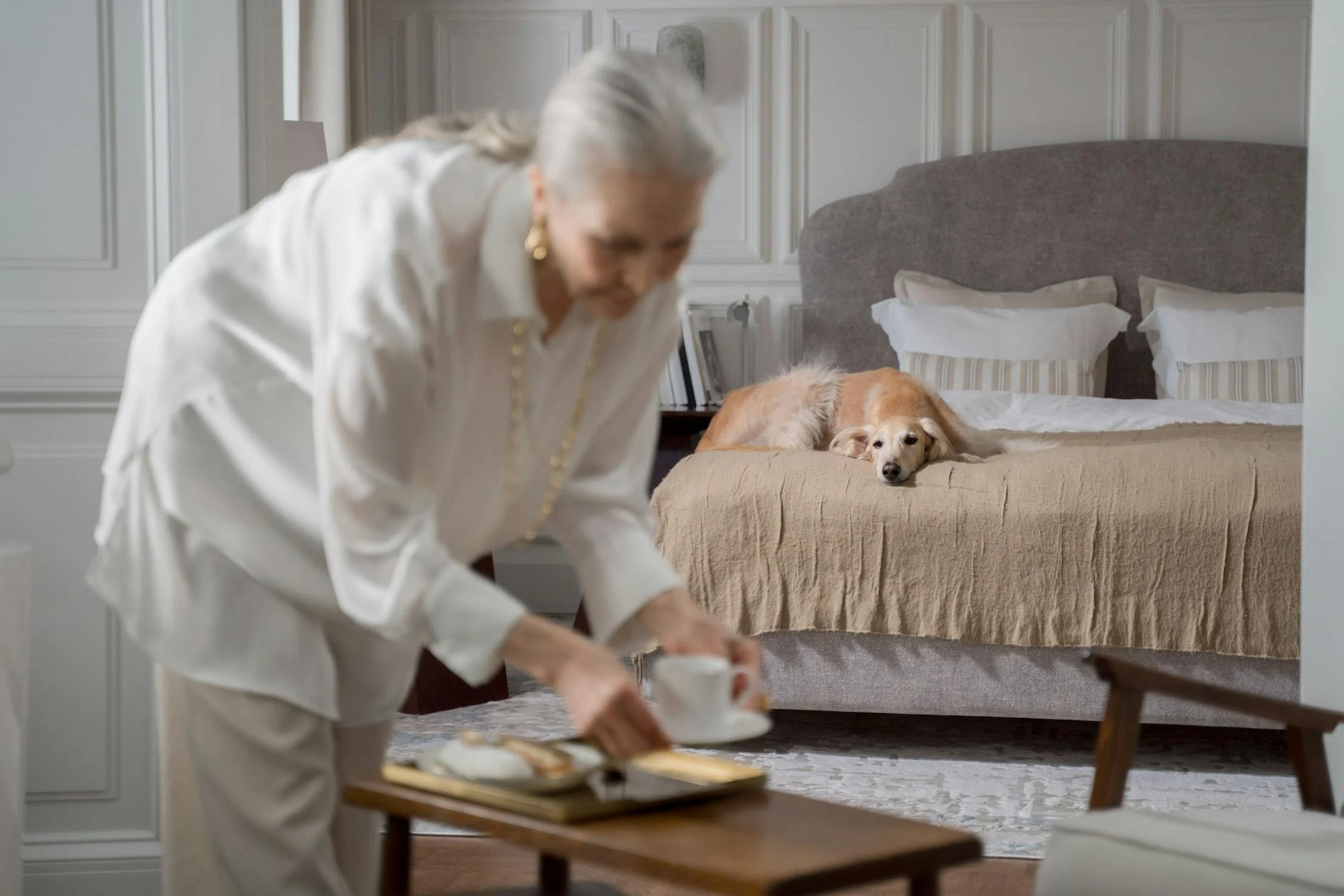Raising a puppy is an exciting journey filled with joys and challenges. One of the most rewarding aspects is training your furry companion to be obedient and well-behaved. The techniques discussed in this article, ‘7 Proven Training Techniques for Raising an Obedient Puppy,’ are designed to help new and experienced dog owners alike establish a strong foundation for their puppy’s behavior and obedience. By following these methods, you can foster a loving and respectful relationship with your puppy, ensuring they grow into a well-adjusted and obedient adult dog.
Key Takeaways
- Start with basic obedience training early, focusing on ‘focus’ and ‘sit’ commands to build a strong foundation.
- Ensure your puppy gets enough physical activity to remove excess energy, which can contribute to better focus during training sessions.
- Maintain consistency in commands and routines to help your puppy understand and meet expectations.
- Establish yourself as a calm and assertive leader to guide your puppy’s behavior and foster trust.
- Incorporate non-verbal communication into training to enhance understanding and strengthen the bond between you and your puppy.
1. Focus and Sit
Training a puppy to focus and sit is the cornerstone of obedience. Start with the ‘focus’ command to capture your puppy’s attention. Use their name in a happy tone and reward them when they look at you. Once focus is established, teach the ‘sit’ command by holding a treat above their nose and moving it back over their head, causing them to naturally sit.
Consistency is key. Practice these commands in short, frequent sessions throughout the day to reinforce learning.
Follow these steps to ensure success:
- Use positive reinforcement, like treats or praise, when your puppy follows a command.
- Keep training sessions short, about 5-10 minutes, to maintain your puppy’s attention.
- Gradually increase distractions to strengthen their focus.
- Be patient and never punish your puppy for not understanding or following a command.
2. Remove Excess Energy
Before diving into more complex training techniques, it’s crucial to address your puppy’s physical needs. Puppies are bundles of energy, and without proper outlets, that energy can manifest in disobedience and destructive behavior. Regular exercise tailored to your puppy’s breed and age is essential for a well-behaved pet.
Exercise not only helps to tire out your energetic pup but also provides mental stimulation, which is just as important for their overall well-being.
Here are some effective ways to help your puppy burn off excess energy:
- Scheduled daily walks, varying in length and intensity.
- Playtime with toys, which can include fetch, tug-of-war, or interactive toys.
- Training sessions that incorporate physical activity, such as agility or obedience drills.
- Socialization with other dogs at parks or playdates, ensuring they are safe and appropriate for your puppy’s size and temperament.
Remember, a tired puppy is a good puppy. By removing excess energy, you’re setting the stage for more focused and effective training sessions.
3. Consistency in Commands
Achieving obedience in a puppy requires clear and consistent communication. Consistency in commands is crucial for your puppy to understand and follow your instructions. If you vary your commands or the rules, your puppy may become confused and less likely to respond as you wish.
- Use the same words for each command every time.
- Maintain the same tone of voice when giving commands.
- Ensure all family members use the same commands and rules.
Consistency is not just about the words you use; it’s about the predictability of your actions and responses. A consistent routine helps your puppy learn what to expect and how to behave.
Remember, puppies thrive on routine and predictability. By being consistent with your commands, you help your puppy understand the boundaries and expectations, leading to a well-behaved and obedient companion.
4. Leadership and Guidance
Establishing yourself as a leader is crucial for effective puppy training. Leadership does not mean being harsh or domineering; it’s about guiding your puppy with confidence and consistency. Training should be tailored to fit into your daily routine, requiring only about 20 minutes of practice per day. This helps to reinforce your role as the guide and ensures that your puppy knows who to follow.
By setting clear boundaries and being consistent in your approach, you create a structured environment where your puppy can thrive.
It’s important to involve all members of the household in the training process to maintain a unified approach. Support is also essential outside of training sessions to address any issues that may arise spontaneously. Here’s a simple list to keep in mind for leadership and guidance:
- Empower yourself to be the one your dog obeys.
- Address problem behaviors personally and in the specific environments they occur.
- Plan training around your schedule for manageable daily practice.
- Seek continued training opportunities to reinforce and expand on your puppy’s skills.
- View training as a lifetime investment in your relationship with your puppy.
5. Basic Obedience Commands
Mastering basic obedience commands is a cornerstone of puppy training. Start with simple commands such as ‘sit’, ‘stay’, ‘come’, and ‘down’. These foundational commands not only improve your puppy’s behavior but also enhance your communication with them.
- ‘Sit’ teaches your puppy to sit on command, an essential skill for managing their behavior in various situations.
- ‘Stay’ helps your puppy learn self-control and patience.
- ‘Come’ is crucial for safety, ensuring your puppy returns to you when called.
- ‘Down’ is useful for calming your puppy and keeping them in a submissive posture when needed.
Consistent practice of these commands is key to an obedient puppy. Short, frequent training sessions are more effective than longer, less frequent ones. Remember to reward your puppy with treats, praise, or playtime to reinforce positive behavior.
As your puppy progresses, you can gradually introduce more complex commands and combine them to create sequences of behaviors. This not only keeps training interesting for your puppy but also challenges them mentally, promoting good behavior and obedience.
6. Non-Verbal Communication
Understanding and utilizing non-verbal communication is essential in training your puppy. Dogs are highly receptive to body language, and it can be a powerful tool for conveying commands and emotions. Use consistent gestures to accompany verbal commands to help your puppy understand what is expected of them.
- Positive Reinforcement: Reward good behavior with treats, praise, or playtime.
- Calm Demeanor: Maintain a relaxed posture and facial expression to promote a peaceful environment.
- Clear Signals: Use distinct hand signals for different commands to avoid confusion.
Consistency in your non-verbal cues is just as important as consistency in verbal commands. It helps your puppy learn faster and strengthens the communication bond between you.
Remember that each dog is unique, and what works for one may not work for another. Observing your puppy’s reactions to different non-verbal cues is crucial in tailoring your training approach to their individual personality and learning style.
7. Understanding Emotional States
Recognizing and responding to your puppy’s emotional states is crucial for effective training. Emotional awareness enhances the bond between you and your puppy, making obedience training more intuitive and successful. Puppies, like humans, experience a range of emotions that can affect their ability to learn and respond to commands.
By tuning into your puppy’s emotional cues, you can tailor your training approach to suit their current state of mind. This sensitivity allows for a more compassionate and effective training process.
Understanding your puppy’s emotions involves observing body language, vocalizations, and behavior in various situations. Here’s a simple guide to common emotional states and how they might manifest:
- Happiness: Relaxed body, wagging tail, playful behavior
- Fear: Tucked tail, ears back, avoidance behavior
- Stress: Pacing, whining, excessive licking
- Excitement: Jumping, barking, fast tail wagging
Each emotional state requires a different approach. For instance, training during a state of fear or stress may not be productive, as your puppy’s ability to learn is compromised. Conversely, a happy or excited puppy may be more receptive to learning new commands. Adjusting your training methods to your puppy’s emotional state is key to fostering obedience and a positive learning environment.
Delving into ‘7. Understanding Emotional States’ can be a transformative journey. Our emotions govern so much of our lives, yet we often struggle to comprehend their depths. To gain deeper insights and join a community passionate about self-discovery, visit MINDBLOWN: A BLOG ABOUT PHILOSOPHY. Embark on a path to emotional clarity today!
Conclusion
In conclusion, raising an obedient puppy requires patience, consistency, and the right training techniques. From teaching basic obedience commands like ‘sit’ and ‘stay’ to addressing behavioral issues such as chewing and barking, the journey to a well-behaved pup is a rewarding one. Remember to assess the reasons behind disobedience, provide ample opportunities for socialization, and never underestimate the power of positive reinforcement. With dedication and the proven training methods discussed, you can foster a strong bond with your puppy and enjoy the companionship of a loyal and obedient canine friend.
Frequently Asked Questions
What is the first thing to teach a puppy?
The first thing to teach a puppy is basic obedience training, starting with foundational behaviors such as ‘focus’ and ‘sit.’
Should I leave noise on for my puppy?
Leaving a noise on for a puppy can provide comfort and reduce feelings of loneliness, especially at night or when they’re alone.
How do you teach a puppy to listen?
Teaching a puppy to listen involves removing excess energy, being consistent with commands, establishing leadership, teaching basic obedience, using non-verbal cues, and understanding the puppy’s emotional state.
Why is my puppy not obeying me?
A puppy may not obey due to various reasons such as being in a phase of development, lack of training, fear, distraction, or misunderstanding commands.
How long does it take a puppy to learn obedience?
It typically takes around 6 weeks to teach a puppy basic obedience, though the duration can vary depending on the frequency and length of training sessions.
At what age should a puppy listen?
Puppies can start learning basic obedience commands as early as eight weeks old and should be encouraged to listen from the moment they enter their new home.




